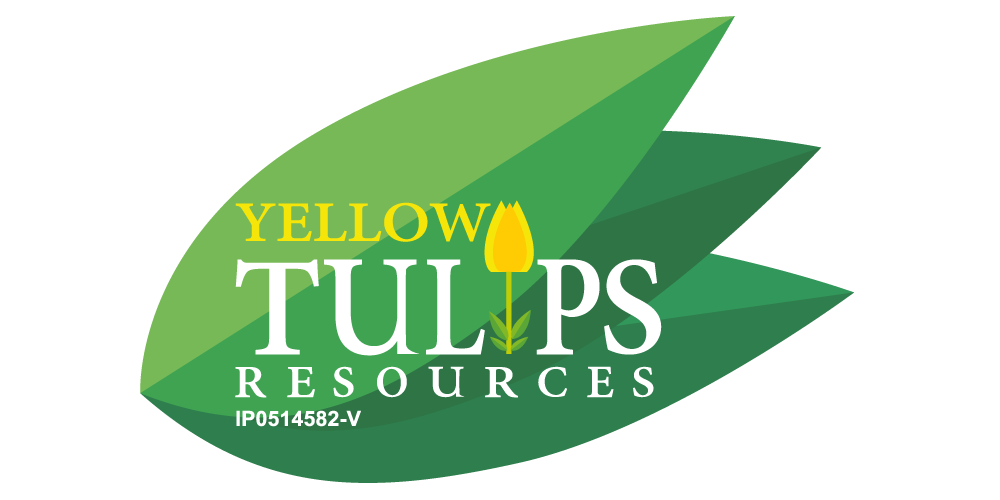
OSH SERVICES

CORPORATE TRAINING

CORPORATE TRAINING
What We Provide?
Services
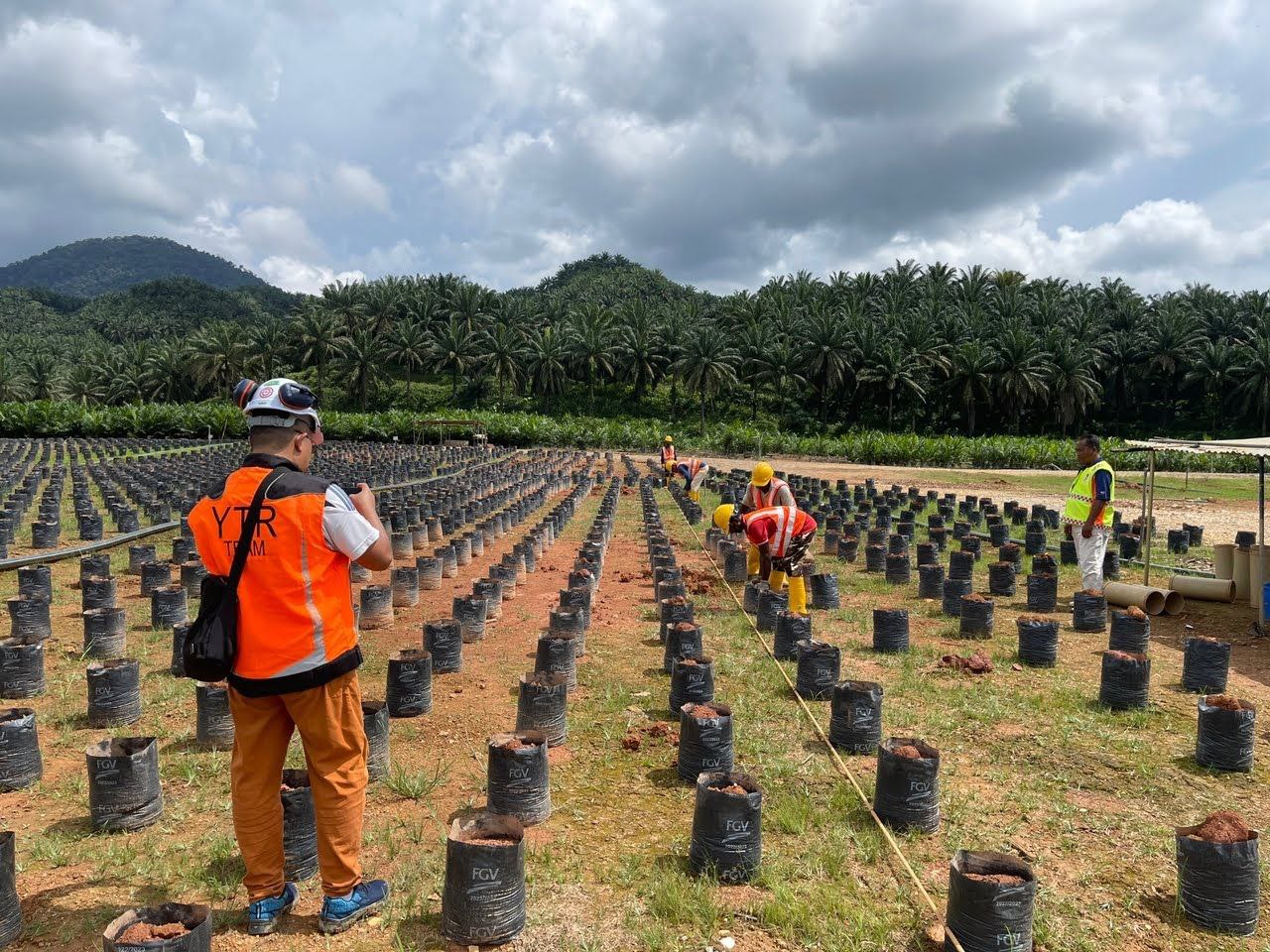
SERVICES
TRAINING
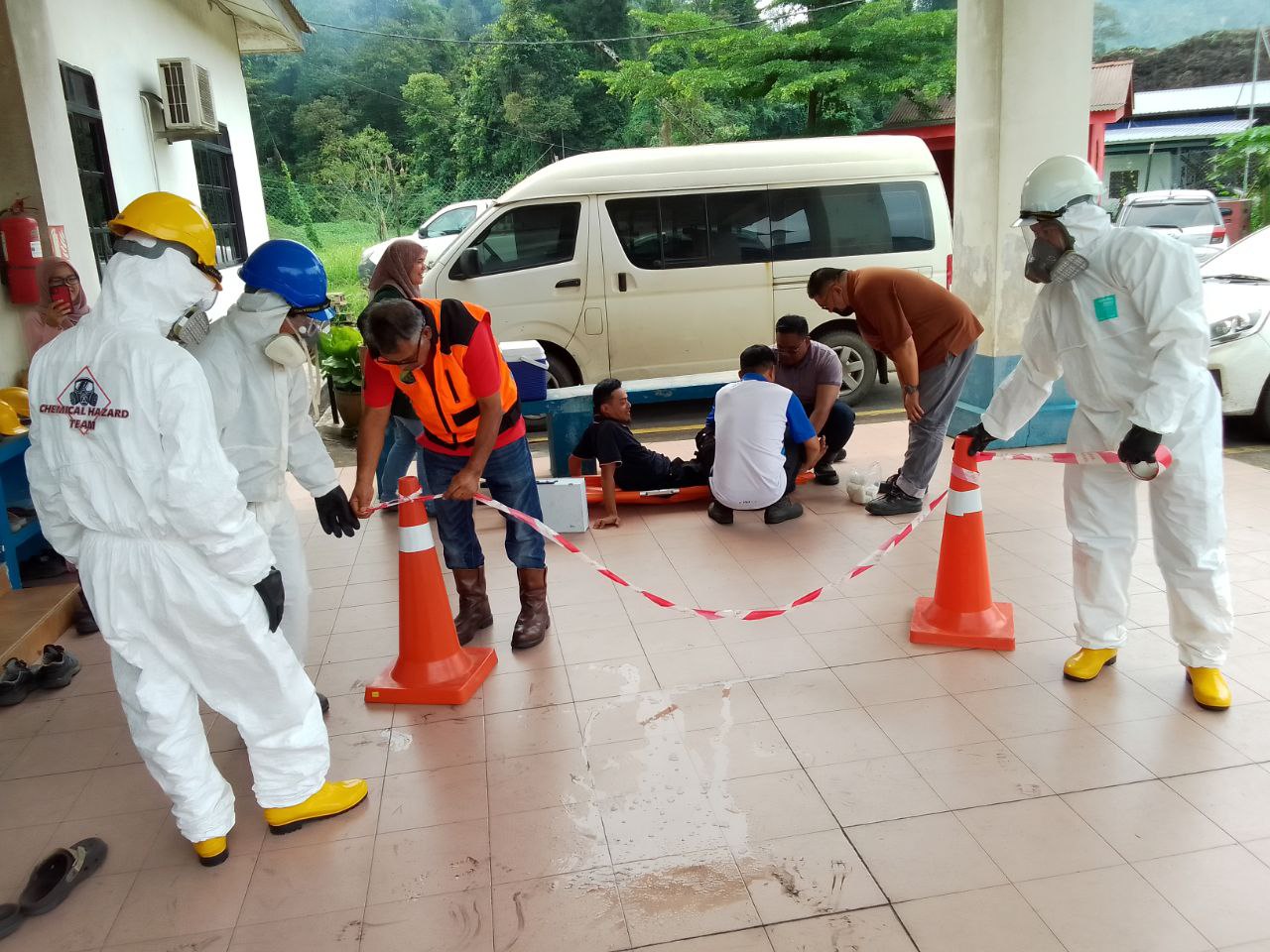
Training
PUBLIC
Public Program
PROGRAM
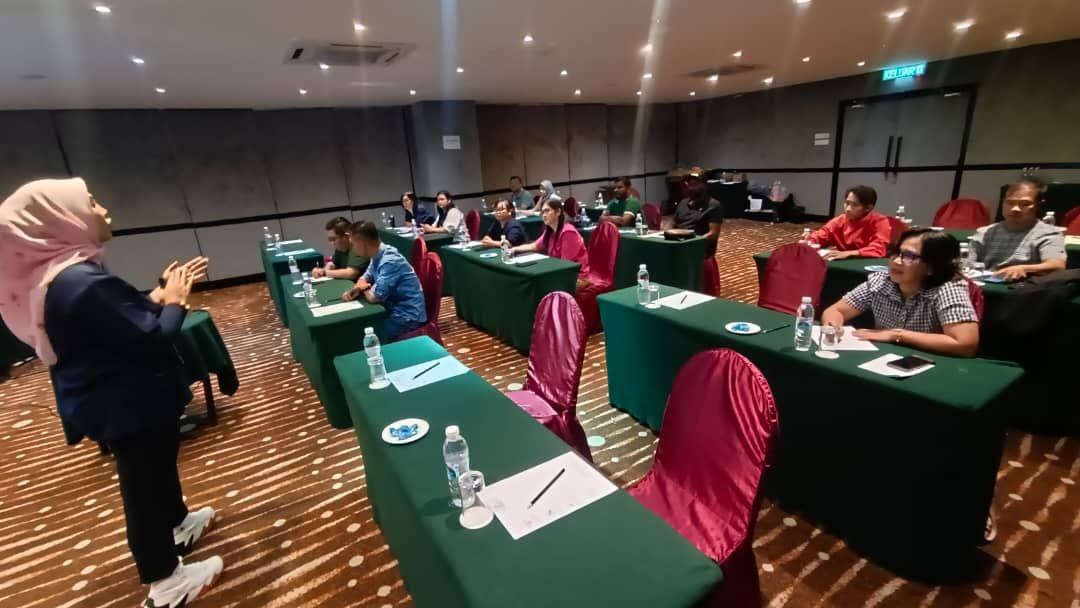
Yellow Tulips Resources has been established as a professional OSH Consultant to help any other industries to comply with Occupational Safety, Health and Environment legislation.
CORPORATE GROOMING & BUSINESS ETIQUETTE
PUBLIC PROGRAMME
Enquiry Form
Why Choose Us?
To help you comply with laws established by government agencies and to move you forward in the market in which you compete.
0
%
of our clients gave positive feedback, with “HIGHLY SATISFIED & IMPRESSIVE” ratings in previous training and assessment programs.
Tailored for you
Our Assesment and Training is Approved by DOSH, Malaysia and HRD Corp Government Agencies.
Save Time
We Can Alter The Length of Some Courses to Suits Your Requirements.
Flexibility
We Can Deliver The Assessment Training When, Where, and How You Want It.
PERSONAL PROTECTIVE EQUIPMENT
Personal protective equipment, commonly referred to as “PPE”, is equipment worn to minimize exposure to a variety of hazards. Examples of PPE include such items as gloves, foot and eye protection, protective hearing devices (earplugs, muffs) hard hats, respirators and full body suits.

SAFETY EYEWEAR
Standard safety glasses are designed to protect against light to moderate impact and flying particles and are constructed of metal or plastic with impact-resistant glass or plastic lenses. Safety glasses must have shatter-proof lenses, impact resistant frames and provide side protection.
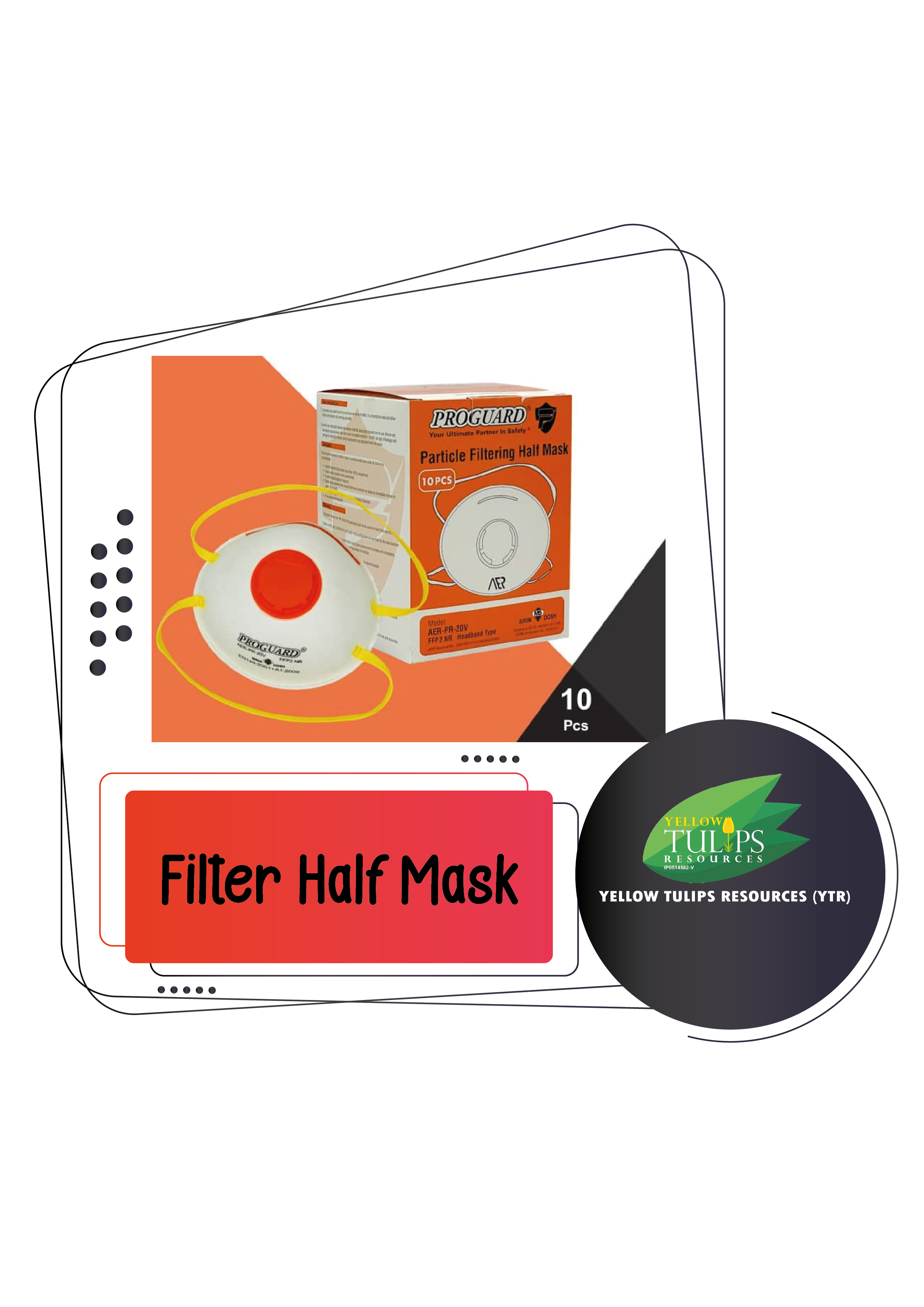
FILTER HALF MASK
FFP2 filtering half masks protect workers from moderate levels of airborne particles including dust, aerosols and vapors. These masks effectively filter at least 94% of airborne particles, and have a maximum internal leak rate of 8%.
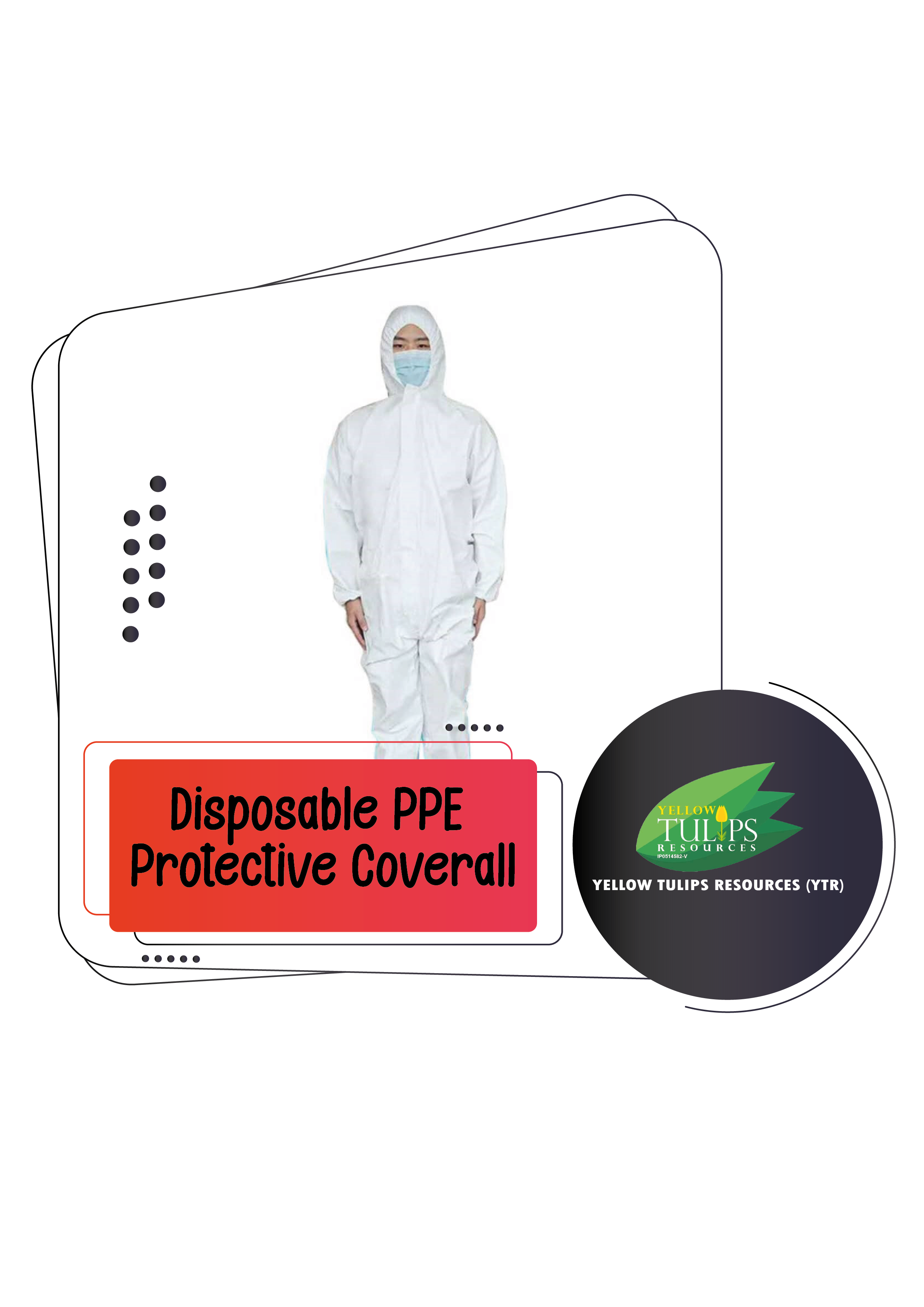
DISPOSABLE PPE PROTECTIVE OVERALL
PPE can protect an individual from airborne particles, electrical shocks, biohazards, highly reactive chemicals, flames, heat, and many others. A PPE suit, which is a piece of clothing, is preferable and gives more protection than separate protective clothing garments like aprons, sleeves, or shirts.
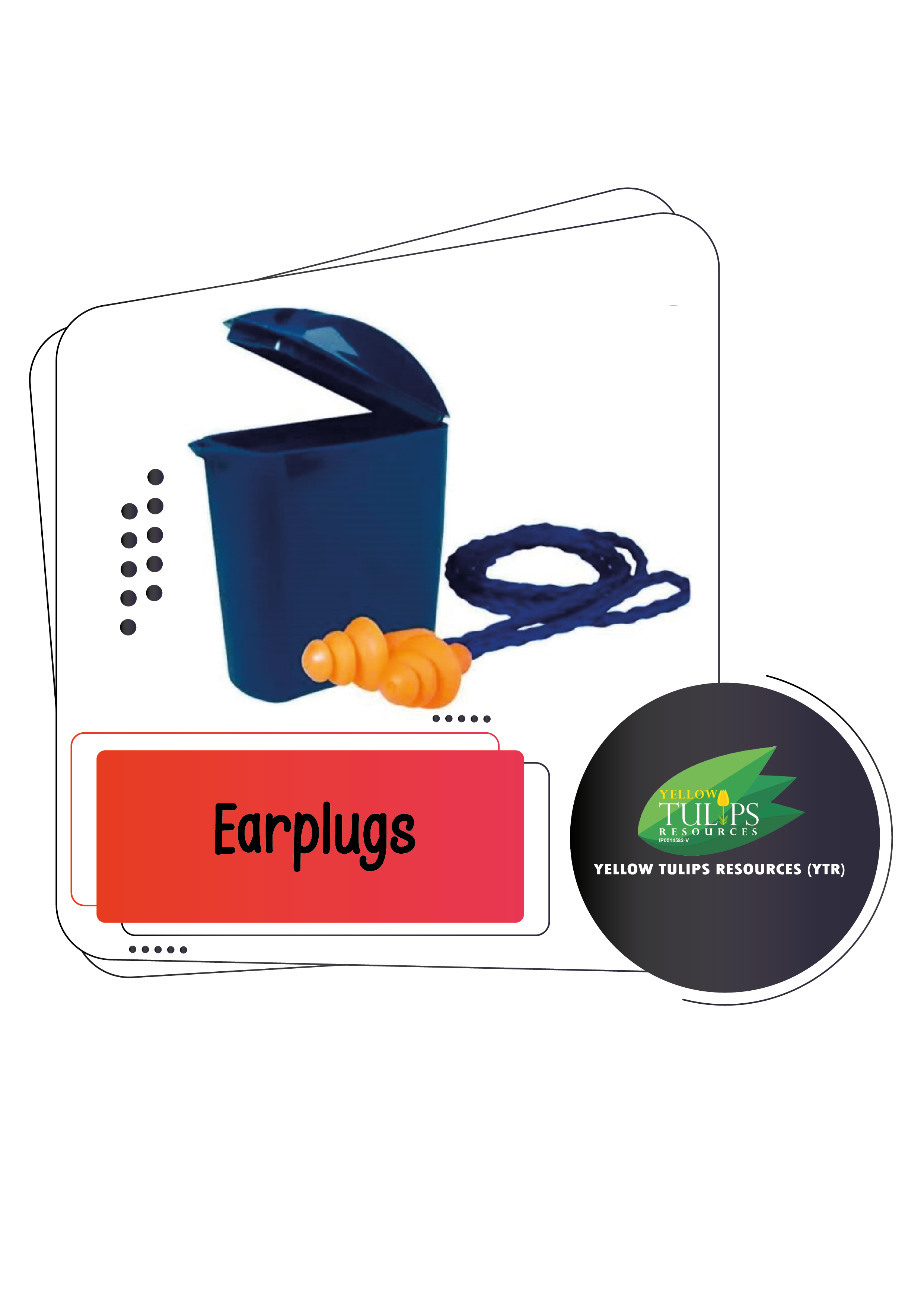
EARPLUGS
An earplug is a device that is inserted in the ear canal to protect the user’s ears from loud noises, intrusion of water, foreign bodies, dust or excessive wind. Since they reduce the sound volume, earplugs are often used to help prevent hearing loss and tinnitus (ringing of the ears).
"If safety is a joke, then death is the punchline".
Paul Laforest

SPILL KIT
A spill kit is a well-organized set of equipment that has been specifically designed to deal with cleaning up dangerous substances. It enables you to efficiently clean the spill in the safest way possible. Spill kits come in many different forms and can purpose different types of spills.

SAFETY HARNESS
A safety harness is a form of protective equipment designed to safeguard the user from injury or death from falling. The core item of a fall arrest system, the harness is usually fabricated from rope, braided wire cable, or synthetic webbing.
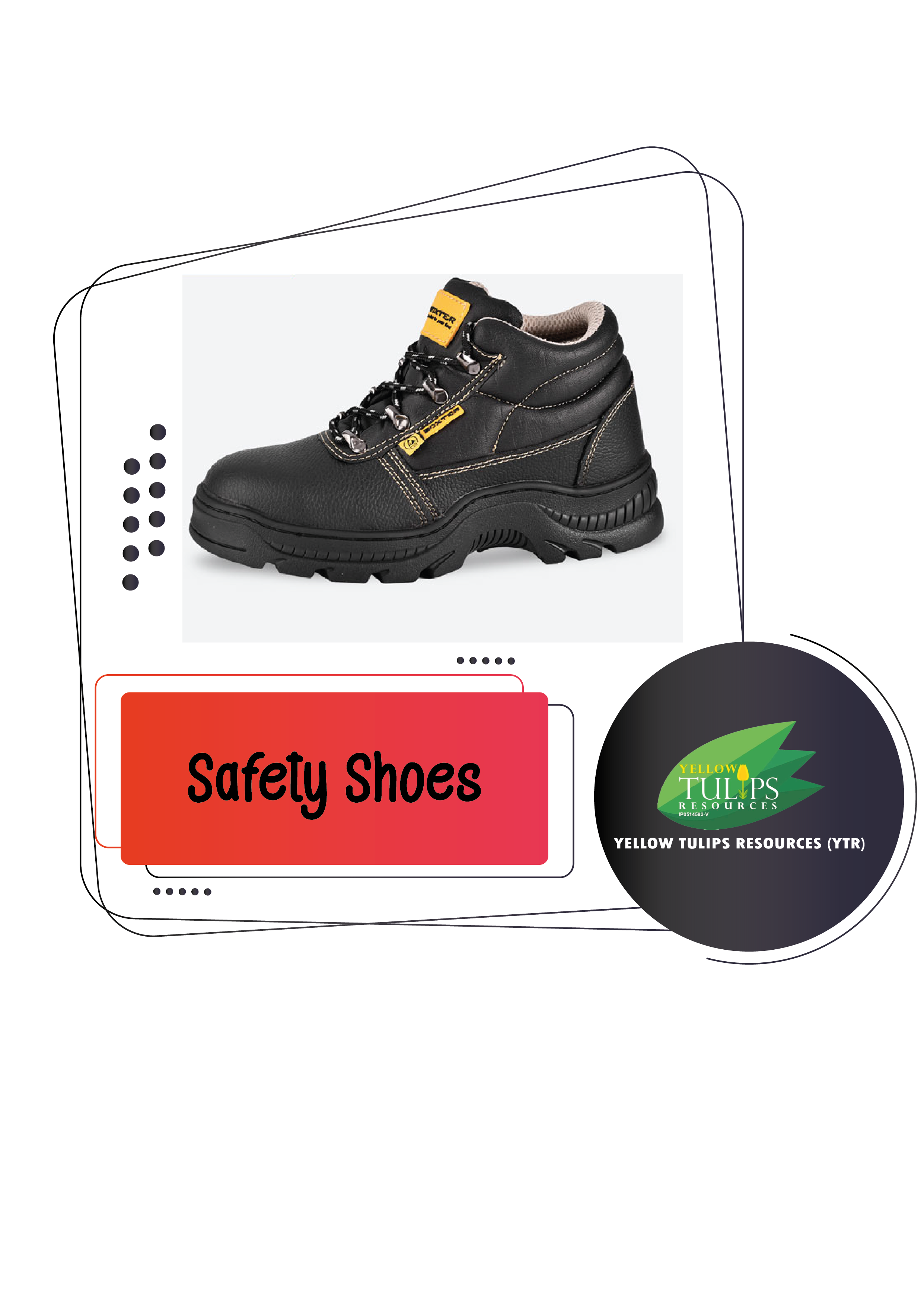
SAFETY SHOES
Safety shoes and boots meeting the ANSI Z41-1991 provide both impact and compression protection. Special types of shoes can also be obtained that provide puncture protection, or offer electrical insulation from foot contact with electrical sources.

